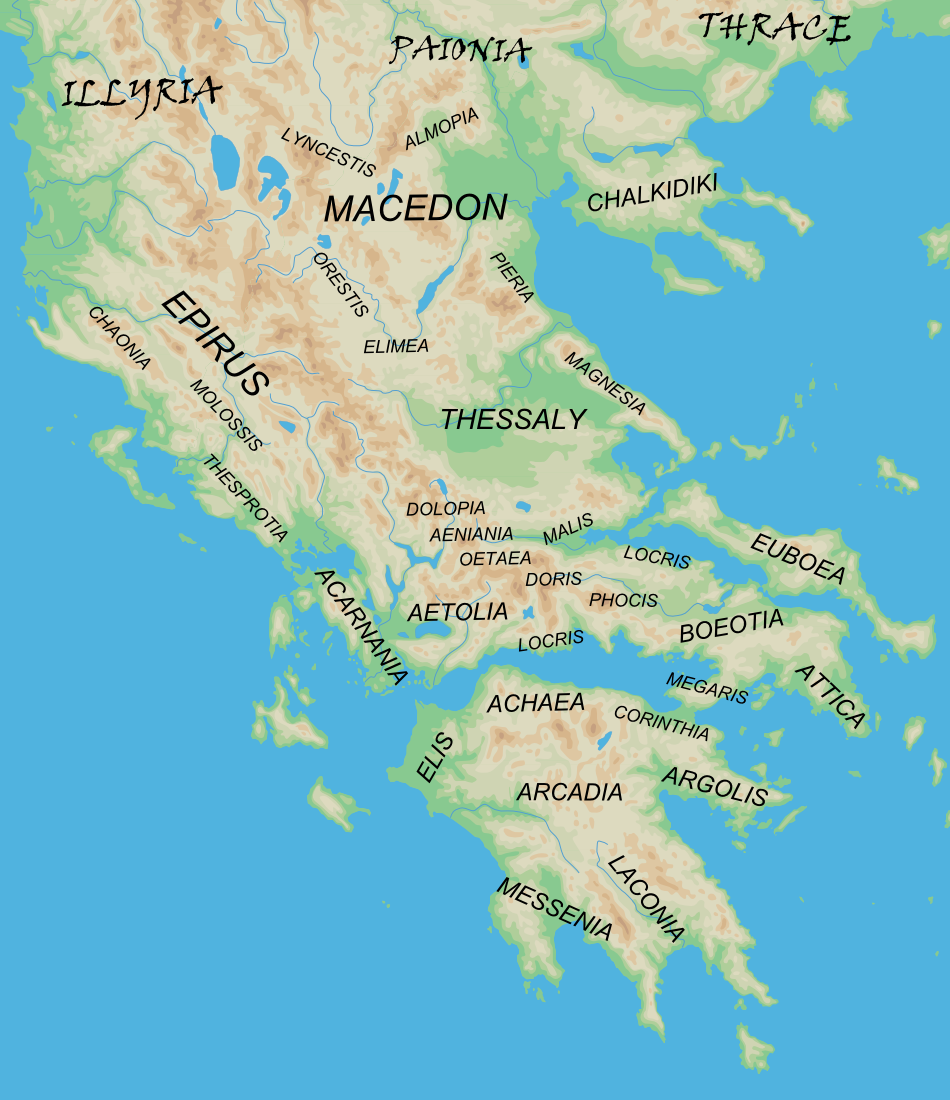|
Aethalidae
Aethalidae or Aithalidai () was a deme of ancient Attica, originally of the ''phyle'' of Leontis but after 307/6 BCE, of the ''phyle'' of Antigonis Antigonis and Demetrias () were two tribes () added by the ancient Athenians, in this order, to the previous list of 10 Athenian tribes in the year 307–306 B.C., sometime after the fifth prytany. The names of the tribes were chosen to honor Mac ..., sending two delegates to the Athenian Boule. It is not known for certain where it was located, but it was probably close to Eupyridae, Cropia and Peleces. People * Eteokles of Aithalidai, father of Chremonides References Populated places in ancient Attica Former populated places in Greece Demoi Lost ancient cities and towns {{AncientAttica-geo-stub ... [...More Info...] [...Related Items...] OR: [Wikipedia] [Google] [Baidu] |
Leontis
Leontis () was a ''phyle'' (tribe) of Ancient Attica. The phyle is shown on the base of a statue made after an anthippasia to commemorate the victory of the phyle at the mock battle. Themistocles belonged to this phyle. Two horse-men are listed as part of the Catalogus Hippeum in history who possibly belonged to this phyle, they were Euktimenos and Euthymenes, both living during the 3rd century B.C.E.H. W. Pleket ''Supplementum epigraphicum graecum''published by J.C. Gieben 1991, 699 pages, etrieved 2015-12-22/ref> The demes of Leontis were: Aethalidae, Halimus, Deiradiotae, Hecale, Eupyridae, Cettus, Colonae, Cropia, Leuconoe, Oeum, Kerameikos, Paeonidae, Peleces, Upper Potamos, Lower Potamus, Deiradiotae, Scambonidae, Sounion Cape Sounion (Modern Greek: Aκρωτήριο Σούνιο ''Akrotírio Soúnio'' ; ''Άkron Soúnion'', latinized ''Sunium''; Venetian: ''Capo Colonne'' "Cape of Columns") is the promontory at the southernmost tip of the Attica p ... [...More Info...] [...Related Items...] OR: [Wikipedia] [Google] [Baidu] |
Deme
In Ancient Greece, a deme or (, plural: ''demoi'', δήμοι) was a suburb or a subdivision of Classical Athens, Athens and other city-states. Demes as simple subdivisions of land in the countryside existed in the 6th century BC and earlier, but did not acquire particular significance until the reforms of Cleisthenes in 508 BC. In those reforms, enrollment in the citizen-lists of a deme became the requirement for citizenship; prior to that time, citizenship had been based on membership in a phratry, or family group. At this same time, demes were established in the main city of Athens itself, where they had not previously existed; in all, at the end of Cleisthenes' reforms, Classical Athens, Athens was divided into 139 demes., Three other demes were created subsequently: Berenikidai (224/223 BC), Apollonieis (201/200 BC), and Antinoeis (AD 126/127). The establishment of demes as the fundamental units of the state weakened the ''genos, gene'', or aristocratic family groups, that ... [...More Info...] [...Related Items...] OR: [Wikipedia] [Google] [Baidu] |
Ancient Attica
The regions of ancient Greece were sub-divisions of the Hellenic world as conceived by the ancient Greeks, shown by their presence in the works of ancient historians and geographers or in surviving legends and myths. Conceptually, there is no clear theme to the structure of these regions. Some, particularly in the Peloponnese, can be seen primarily as distinct geo-physical units, defined by physical boundaries such as mountain ranges and rivers. Conversely, the division of central Greece between Boeotia, Phocis, Doris and the three parts of Locris, seems to be attributable to ancient tribal divisions and not major geographical features. Both types of regions retained their identity throughout the Greek Dark Ages and its tumultuous changes in the local population and culture, giving them a less political and more symbolic presence. Other geographical divisions not identified with the aforementioned areas did, however, change over time, suggesting a closer connection with tri ... [...More Info...] [...Related Items...] OR: [Wikipedia] [Google] [Baidu] |
Phyle
''Phyle'' (, ; pl. ''phylai'', ; derived from Greek , ''phyesthai'' ) is an ancient Greek term for tribe or clan. Members of the same ''phyle'' were known as ''symphyletai'' () meaning 'fellow tribesmen'. During the late 6th century BC, Cleisthenes organized the population of Athens in ten ''phylai'' (tribes), each consisting of three ''trittyes'' ("thirtieths"), with each ''trittys'' comprising a number of demes. Tribes and demes had their own officers and were self-administered. Some ''phylai'' can be classified by their geographic location, such as the Geleontes, the Argadeis, the Hopletes, and the Agikoreis in Ionia, as well as the Hylleans, the Pamphyles, the Dymanes in Doris. Attic tribes First period The best-attested new system was that created by Cleisthenes for Attica in or just after 508 BC. The landscape was regarded as comprising three zones: urban ('' asty''), coastal ('' paralia'') and inland ('' mesogeia''). Each zone was split into ten sections called ... [...More Info...] [...Related Items...] OR: [Wikipedia] [Google] [Baidu] |

